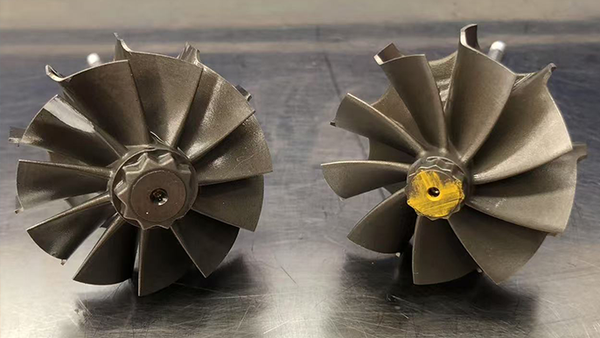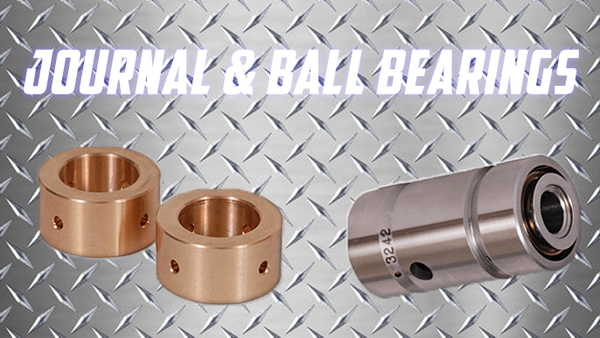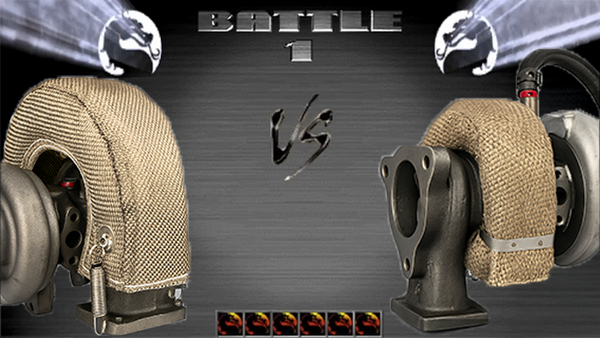Understanding Turbocharger Vacuum Actuators
Turbocharger vacuum actuators play a vital role in controlling the performance of modern turbocharged engines. These components ensure the efficient operation of variable geometry turbos (VGT) and wastegates, regulating boost pressure and maintaining engine performance.
What Are Turbocharger Vacuum Actuators?
A turbocharger vacuum actuator is a device that uses vacuum pressure to control the movement of components within the turbocharger, such as:
-
Variable Geometry Turbochargers (VGT): Adjusts the position of vanes to optimize airflow at varying engine speeds.
-
Wastegates: Regulates exhaust flow to control the speed of the turbocharger.
The actuator receives signals from the engine's control system, enabling precise adjustments to ensure optimal engine performance and fuel efficiency.

Why Do Turbocharger Vacuum Actuators Fail?
Vacuum actuators can fail due to several factors, including wear and tear, environmental conditions, and improper maintenance. Common causes of failure include:
-
Diaphragm Damage: The internal diaphragm can crack or tear, leading to a loss of vacuum pressure.
-
Corrosion: Exposure to moisture and road debris can corrode the actuator housing and components.
-
Vacuum Line Issues: Leaks, blockages, or disconnections in vacuum lines can impair actuator function.
-
Overuse or Overheating: Excessive use or high engine temperatures can degrade actuator materials over time.
-
Mechanical Binding: Restricted movement in the turbocharger’s wastegate or vanes can stress the actuator.
How to Diagnose a Turbocharger Vacuum Actuator Failure
Identifying a vacuum actuator failure requires careful observation and testing. Common signs and diagnostic steps include:
Signs of Failure:
-
Loss of Power: Reduced engine performance, particularly at higher speeds.
-
Overboost or Underboost: Irregular boost pressure can cause drivability issues.
-
Check Engine Light: Fault codes related to turbocharger performance may appear.
-
Unusual Noises: Whistling or hissing sounds from the turbocharger area can indicate leaks.
Diagnostic Steps:
-
Visual Inspection: Check for physical damage, corrosion, or disconnected vacuum lines.
-
Vacuum Test: Use a hand-held vacuum pump to test the actuator’s ability to hold pressure.
-
Movement Test: Ensure the actuator arm moves freely and returns to its default position.
-
Boost Pressure Test: Monitor boost levels to detect irregularities.
-
Scan Tool Diagnostics: Use an OBD-II scanner to read fault codes related to turbocharger performance.
How to Prevent Turbocharger Vacuum Actuator Failure
Preventative maintenance can significantly extend the lifespan of a vacuum actuator and ensure reliable turbocharger performance:
-
Regular Inspections: Periodically check the actuator and vacuum lines for wear, leaks, or damage.
-
Keep Components Clean: Remove debris and dirt buildup around the actuator and turbocharger.
-
Use Quality Replacement Parts: Ensure any replacement actuators or components meet OEM specifications.
-
Proper Turbo Shutdown: Allow the engine to cool down after extended or heavy use to prevent heat damage.
-
Maintain Vacuum System Integrity: Regularly inspect and replace vacuum lines as needed to avoid leaks.
-
Avoid Overloading the Engine: Refrain from pushing the engine beyond its designed limits to reduce stress on turbo components.
Technician Tip:
If a turbocharger vacuum actuator fails, it is crucial to address the root cause of the failure—whether it's a blocked vacuum line, mechanical binding, or internal diaphragm wear. Replacing the actuator without resolving underlying issues can lead to repeat failures and costly repairs.
By understanding the role of vacuum actuators and adopting proactive maintenance practices, you can ensure your turbocharged engine operates efficiently and reliably.



